Yoga asanas are more than just physical movements they help balance the mind and body. One of the most basic and powerful seated postures is Vajrasana, also known as the Diamond Pose. Though it may seem simple, Vajrasana supports meditation, breathing exercises, and helps bring a calm, clear mind.
In this guide, we’ll cover what Vajrasana is, how to practice it step by step, and the health benefits you can gain from it. We’ll also discuss some important safety tips, variations you can try, and other poses that go well with Vajrasana. With practice, this posture can bring strength, stability, and peace into your yoga practice and daily life. Whether you’re a beginner or an experienced yogi, Vajrasana can be a valuable tool to help you stay centered and focused.
Meaning of Vajrasana
Vajrasana comes from Sanskrit words: “vajra” means diamond or thunderbolt, and “asana” means pose or seat. In Hindu mythology, the vajra is the thunderbolt weapon of Lord Indra, symbolizing great strength and unwavering resolve. Vajrasana, also called the Adamantine Pose, is a simple yet powerful seated posture that encourages mental clarity, physical stability, and focus.-min_1749219371.jpg)
This pose isn’t just for show—it has practical benefits for your digestive system, enhances blood circulation, and can be a great support for meditation and breathing exercises. Even though it looks like a basic seated position, Vajrasana is a gateway to stillness and calm, helping you connect more deeply with your breath and find inner peace. With regular practice, you’ll feel stronger, more grounded, and ready to face life’s challenges with a steady mind.
Vajrasana and Its Role in Yoga
Vajrasana is unique among seated postures for several reasons:
- It is one of the few poses recommended immediately after eating, as it aids digestion.
- It creates a stable base for pranayama (breathwork) and meditation.
- It encourages an erect spine, supporting optimal breathing and mental focus.
For these reasons, Vajrasana is often integrated into yoga classes as a grounding posture, a transitional seat for meditation, or a concluding pose to settle the mind.
How to Practice Vajrasana: Step-by-Step Instructions
Vajrasana is accessible to practitioners of all levels, but it requires patience and awareness. Here is a step-by-step guide on how to do the pose effectively and safely:- 
- Find a Comfortable Starting Position:- Begin by kneeling on your yoga mat. Place your knees hip-width apart and keep your thighs parallel to each other.
- Fold Your Legs:- Gently fold your right leg so that the sole of your foot faces upward and rests beside your right hip. Do the same with your left leg, bringing the sole of the left foot to rest beside the left hip.
- Sit Back on Your Heels:- Lower your hips slowly, bringing your buttocks to rest on the space between your heels. Your big toes should touch, while the heels are slightly apart, creating a supportive seat for your body.
- Align Your Spine:- Ensure that your spine is straight and tall. Keep your chin parallel to the floor, and relax your shoulders away from your ears.
- Position Your Hands:- Place your palms facing upward on your thighs. This helps open the chest and encourages a calm, receptive posture.
- Breathe Deeply:- Close your eyes or soften your gaze forward. Take slow, deep breaths, feeling the expansion and contraction of your abdomen.
- Hold the Pose:- Maintain this position for 1 to 5 minutes, or longer if comfortable. To exit, lean slightly to one side and gently stretch your legs forward, releasing any tension in the knees and ankles.
Tips for Beginners
Vajrasana may feel uncomfortable initially, particularly for those with tight ankles or knees. Here are some tips to help ease into the pose:
- Place a folded blanket or cushion between your calves and thighs to reduce pressure on the knees and ankles.
- Use a yoga block under your seat to elevate the hips slightly and decrease strain.
- Practice the pose for short durations at first, gradually increasing the time as your flexibility and comfort improve.
Health Benefits of Vajrasana
The benefits of Vajrasana extend beyond physical alignment, impacting digestion, mental clarity, and overall well-being.
- Enhances Digestion:- One of the most significant benefits of Vajrasana is its positive effect on digestion. Sitting in this pose after meals helps regulate the flow of blood to the digestive organs, improving metabolism and reducing bloating or discomfort.
- Improves Circulation in the Lower Abdomen:- Vajrasana promotes blood circulation in the pelvic region, which can help with menstrual discomfort and reproductive health.
- Strengthens Lower Body Muscles:- Regular practice of Vajrasana strengthens the thighs, calves, and ankles. This is particularly helpful for individuals who spend long hours sitting in chairs, as it counterbalances tightness in the hips and lower back.
- Increases Knee and Ankle Flexibility:- Gently holding Vajrasana improves the flexibility of the knee and ankle joints. Over time, this can support more advanced asanas and reduce the risk of injury.
- Supports Posture and Spinal Health:- By aligning the spine in a neutral position, Vajrasana encourages good posture. This alignment helps prevent back and neck strain while fostering a sense of steadiness and calm.
- Activates the Pelvic Floor Muscles:- Vajrasana engages the pelvic floor muscles, contributing to core stability and enhancing control over the lower abdominal region.
- Ideal for Breathwork and Meditation:- A straight spine allows for unrestricted diaphragmatic breathing, making Vajrasana an excellent seat for pranayama and meditation. The steady base and calm demeanor of the pose help prepare the mind for deeper practices.
- Eases Stress and Anxiety:- The meditative nature of Vajrasana, coupled with mindful breathing, can help reduce stress and calm the nervous system, promoting a sense of peace and relaxation.
- Enhances Mind-Body Awareness:- Practicing Vajrasana encourages a deeper connection between body and mind. Focusing on breath and posture during this asana can cultivate mindfulness and enhance overall self-awareness.
Also Read:- The Benefits of Asanas
Precautions and Contraindications
While Vajrasana is generally safe and accessible, there are certain conditions where caution is advised:
- Avoid Vajrasana if you have a slipped disc or severe lower back issues.
- If you have knee injuries or have recently undergone knee surgery, practice the pose only with the guidance of an experienced teacher.
- Individuals with severe arthritis in the knees or ankles should modify the pose or avoid it altogether.
- If you experience intense discomfort in the calves, ankles, or knees, discontinue the pose and consult a yoga teacher or healthcare professional.
- Pregnant women in the later stages of pregnancy should avoid deep seated postures like Vajrasana to ensure comfort and safety for both mother and baby.
- People with varicose veins or blood circulation issues should limit the time spent in this posture to avoid further discomfort.
Listening to your body is key. If the posture causes sharp pain or discomfort, take a break and try modifications.
Modifications and Variations
Modifications for Comfort
- Use a Cushion or Blanket: Placing a folded blanket, cushion, or yoga block between the calves and thighs can significantly reduce strain on the knees and ankles.
- Elevate the Hips: Sitting on a bolster or block can make the pose more accessible, especially for those with limited mobility in the lower body.
Variations for Advanced Practice
- Flexed-Toe Vajrasana: For a deeper stretch, flex your toes and sit on your heels with the balls of your feet grounded. This variation strengthens the arches of the feet and stretches the soles intensely.
- Dynamic Vajrasana: Gently lean forward and backward while seated in Vajrasana to massage the lower back and engage the core.
Common Mistakes and How to Avoid Them
Even though Vajrasana seems simple, beginners often make mistakes that can lead to discomfort or reduced benefits. Here’s how to avoid them:
- Incorrect Alignment:- Slouching or rounding the back is common. Engage your core, lift your chest, and keep your shoulders relaxed to maintain a straight spine.
- Foot Placement:- Ensure your big toes are touching and your heels slightly apart, creating a stable seat. Misaligned feet can strain the ankles and affect stability.
- Pressure on Knees:- Sitting on your heels may strain the knees if you’re inflexible. Use a cushion or folded blanket to reduce pressure and support your legs.
- Tension in the Shoulders or Neck:- Avoid letting tension build up. Keep your shoulders relaxed and your neck in a neutral position, with a soft gaze ahead.
- Holding the Breath:- Don’t hold your breath—maintain steady, deep breathing to stay relaxed and focused.
More to Explore:- Yoga Asanas to Increase Height Faster: Natural Way to Growing Taller
Final Thoughts
Vajrasana, the Diamond Pose, shows how simple yoga poses can have powerful effects. Although easy to learn, it can help with digestion, improve posture, and bring a sense of calm. With regular practice, Vajrasana becomes a steady seat for meditation and a tool to ease digestive discomfort, while building resilience and strength.
As you practice Vajrasana, remember that yoga is not about achieving a perfect shape but about being present and listening to your body. Respect your limits and let your breath guide you. Even the simplest postures can lead to deep transformation. If you want to explore yoga more deeply, join us at Om Shanti Om Yoga for classes and online sessions.

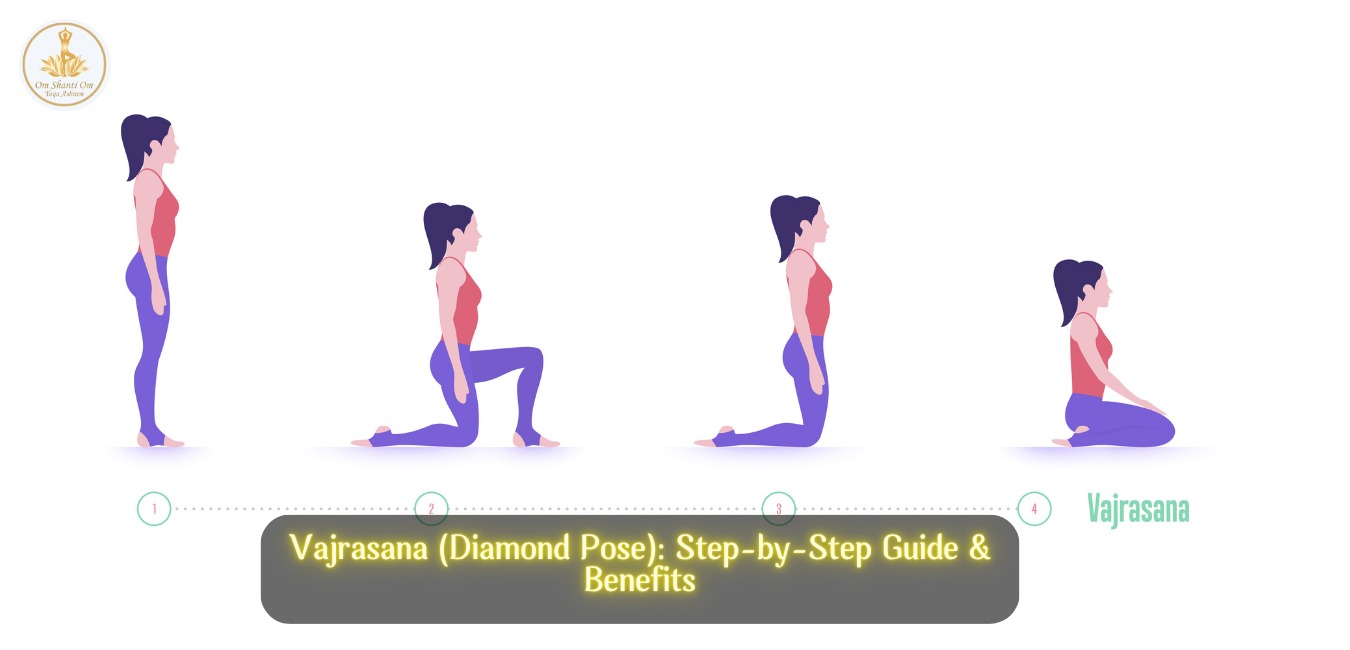







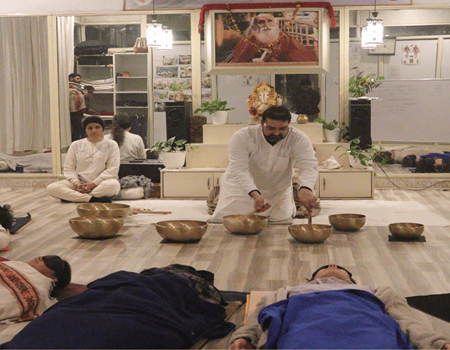

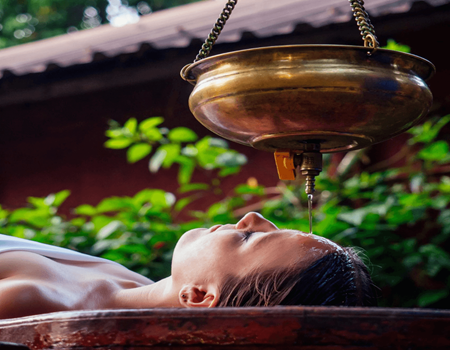
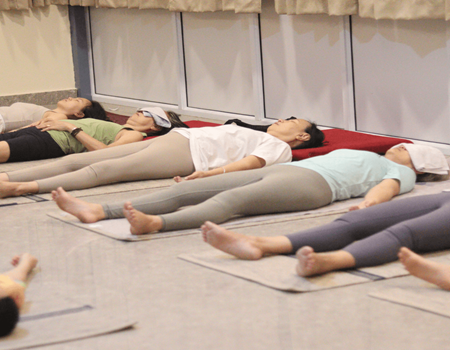
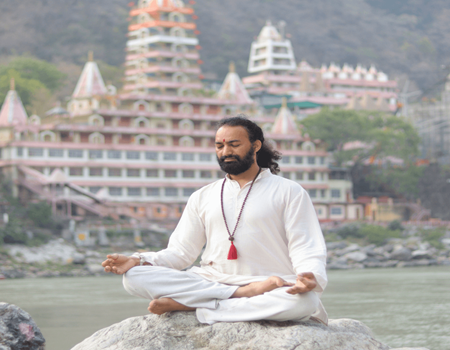

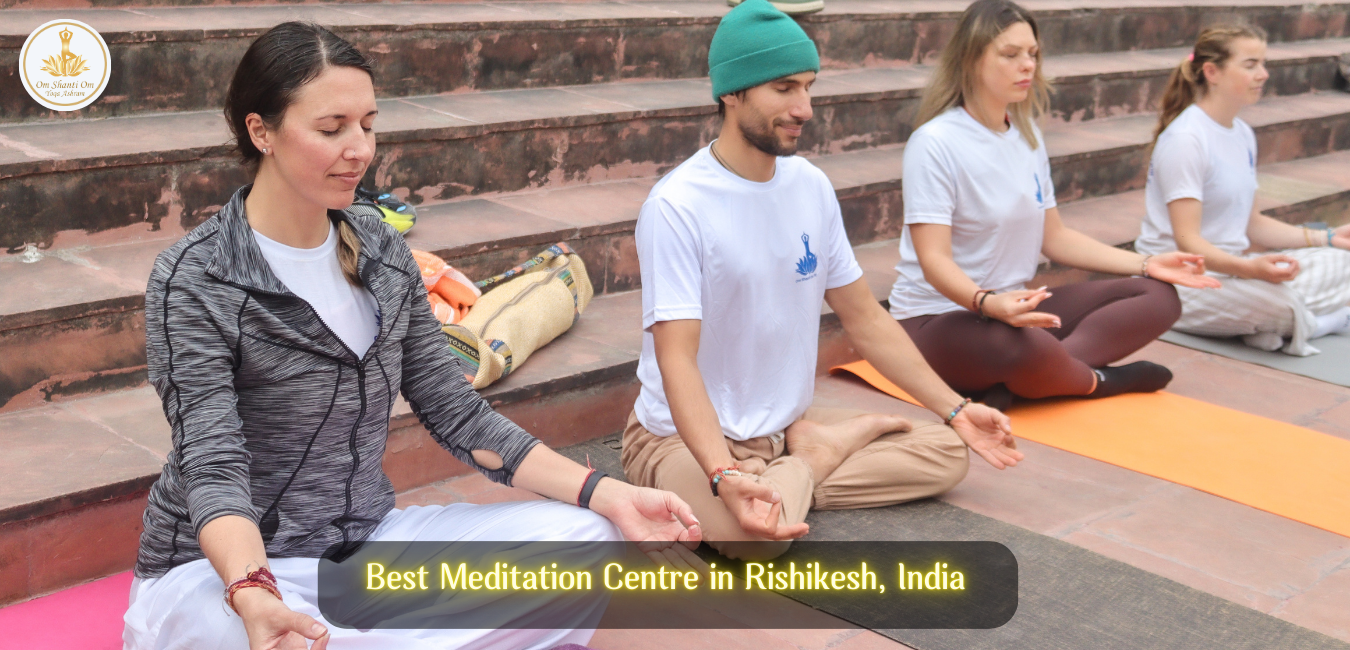

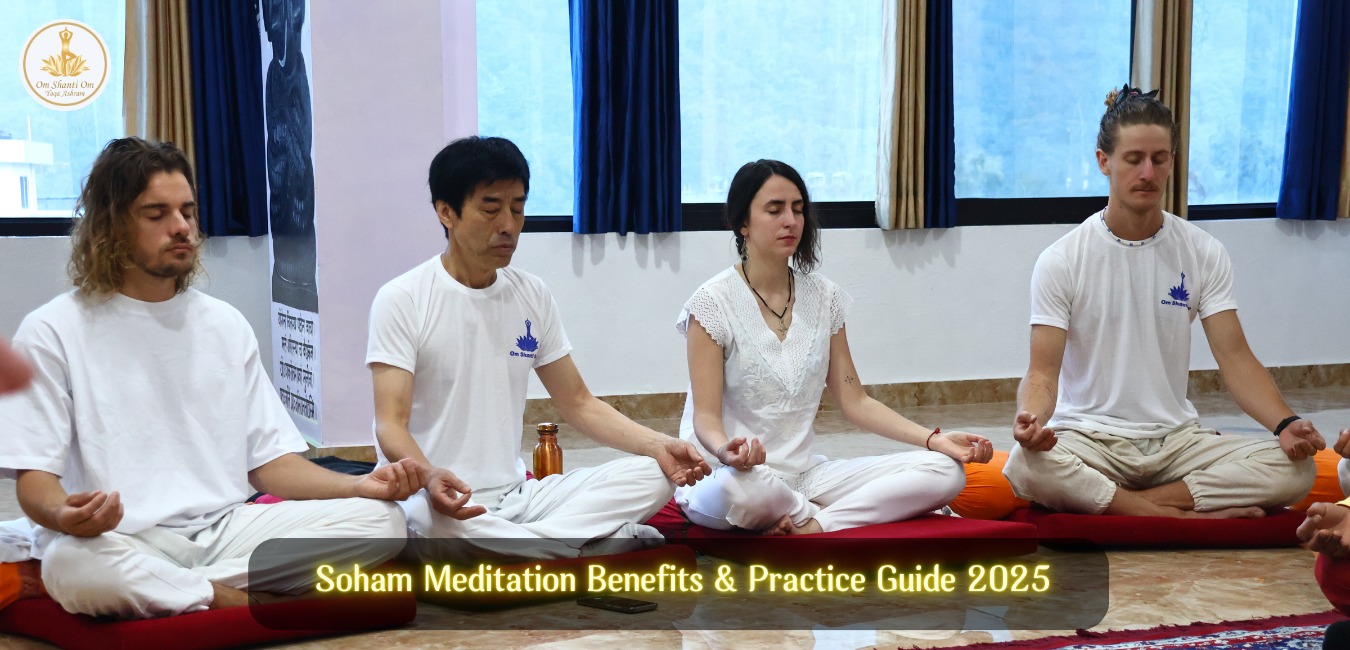

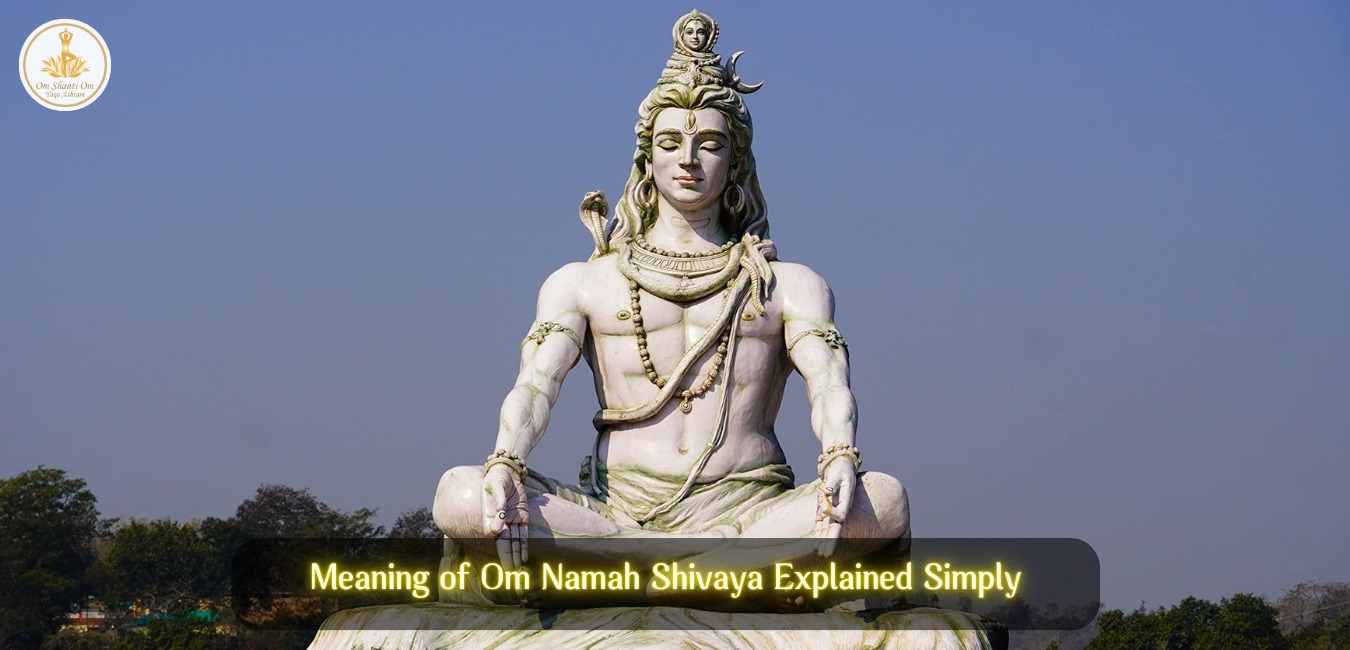
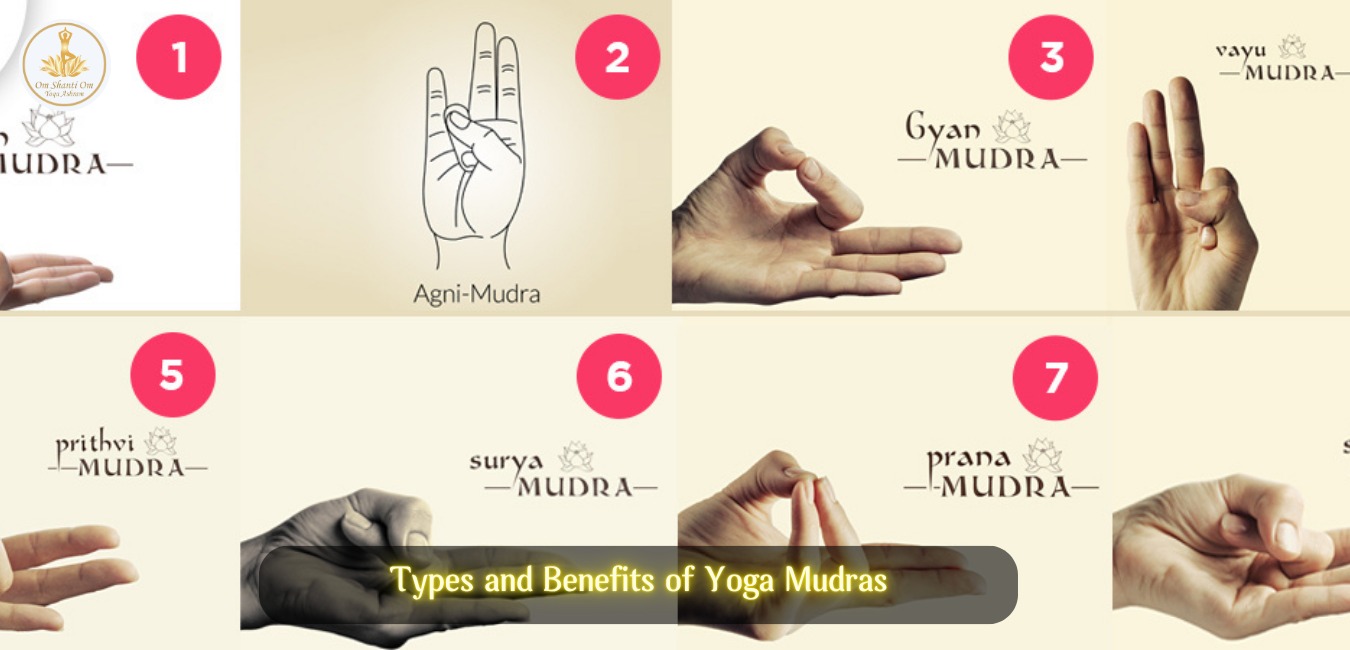
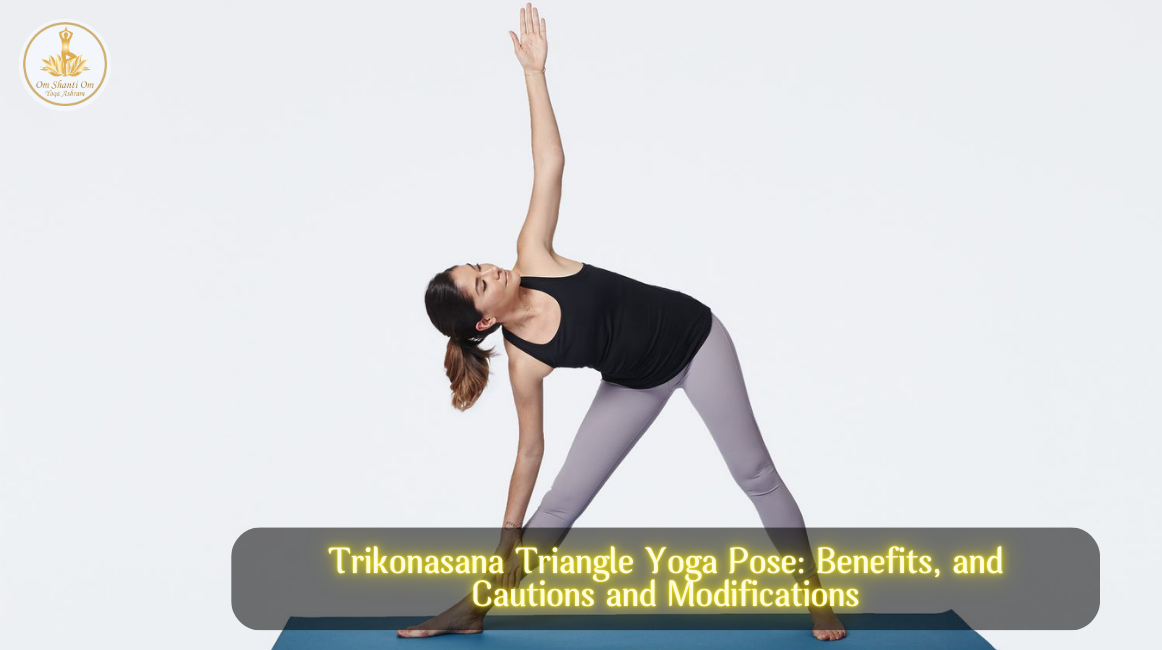


0 Comments
No comments yet. Be the first to comment!